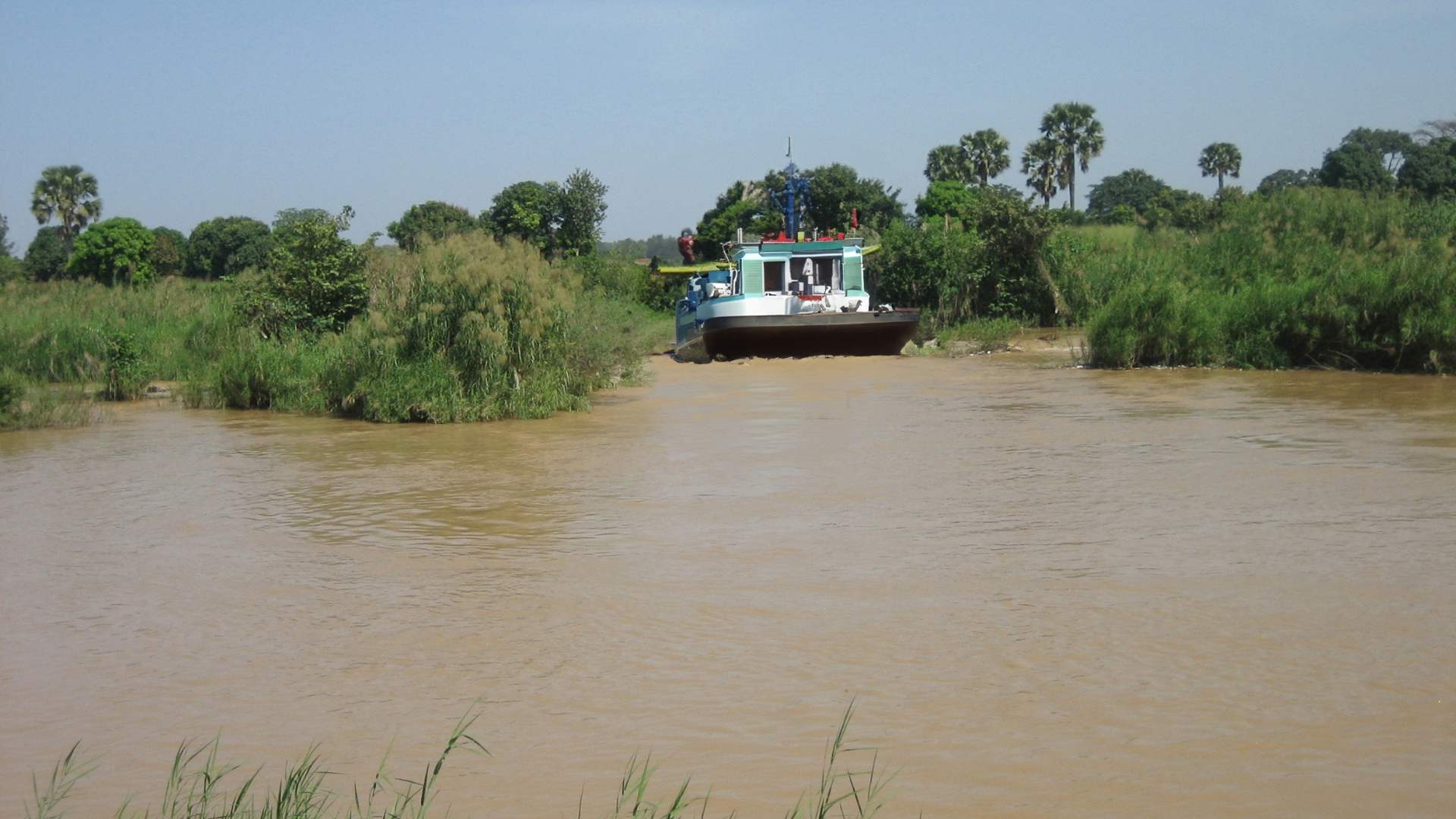Introduction
In a proactive move to combat the devastating effects of seasonal flooding, the Kaduna State Government has launched a comprehensive waterway dredging initiative across several flood-prone communities. This large-scale dredging operation follows early warnings issued by the Nigerian Meteorological Agency (NiMet), which highlighted Kaduna as one of the states likely to experience intense rainfall, flash floods, and windstorms during the 2025 rainy season.
A Timely Response to Natural Threats
Flooding has been a recurring challenge in Kaduna State, affecting lives, displacing communities, and damaging essential infrastructure, especially in rural and semi-urban areas. Last year’s floods resulted in the destruction of farmlands, blocked transportation routes, and caused economic hardship for affected residents.
Recognizing the urgency of the threat, the Kaduna State Ministry of Environment, in collaboration with several agencies, has initiated dredging of major rivers and drainage channels to enhance water flow, reduce erosion, and prevent flood-related disasters.
Commissioner for Environment, Alhaji Abubakar Buba, explained that the government had identified high-risk zones and prioritized them for immediate intervention. During a recent inspection of the waterway dredging work at Ifira, along Kaduna International Airport Road in Igabi Local Government Area, he emphasized the critical role of the project in safeguarding infrastructure and ensuring uninterrupted access to strategic locations.
“This entire place was blocked before, but we have now opened up about 800 metres of the river. It will ease water flow and forestall disasters like we saw last year,” he said. He also noted that the dredging effort is vital to maintaining road access to the Kaduna International Airport, an essential transport and economic hub.
Collaborative Action for Long-Term ImpaA coalition of governmental and non-governmental organizations is supervising the ongoing dredging activities. Key stakeholders include the Ministry of Environment, the Agro-Climatic Resilience in Semi-Arid Landscapes (ACReSAL), the National Emergency Management Agency (NEMA), the Kaduna State Emergency Management Agency (KADSEMA), and the National Orientation Agency (NOA).
This collaborative approach not only ensures effective execution but also leverages technical expertise and resource mobilization from multiple sectors.
Ikramat Mohammed, Chief Disaster Risk Reduction Officer at NEMA, praised the state’s proactive measures, stating, “One of the best ways to manage disasters is to prevent them before they occur. What Kaduna is doing here is exemplary.”
Infrastructure and Agricultural Protection
One of the primary objectives of waterway dredging is to safeguard infrastructure, including roads, bridges, and buildings, which are frequently damaged during floods. For example, the bridge linking Kaduna metropolis to the airport has historically been threatened by severe erosion and water overflow. The state’s dredging effort aims to address this vulnerability by ensuring smooth water flow and reducing the pressure on infrastructure during heavy rainfall.
In addition to protecting infrastructure, the dredging initiative is a lifeline for local farmers and agribusinesses. Farmlands located near rivers and water channels are particularly susceptible to seasonal flooding. These floods not only destroy crops but also erode soil and disrupt planting schedules.
Sanjay Sharma, Manager of the Sun-Agro Soya Oil Refining Company near the dredging site, expressed support for the intervention. “Last year’s flooding was devastating. Many farmers lost their crops. This early intervention by the government is commendable,” he noted.
Traditional leaders have also lent their support to the initiative. The Village Head of Ifira, Malam Balarabe Abubakar, described the dredging as a “lifesaver” for local farmers. “Our farmlands used to be washed away every year. This project will save our harvests,” he said.
Citizen Cooperation and Environmental Law Enforcement
While the government is doing its part, residents have also been urged to contribute by maintaining clean and functional drainage systems. Commissioner Buba warned that the practice of dumping refuse into drainage channels significantly undermines the effectiveness of dredging efforts.
“The government is doing its part, but citizens must stop turning drainage channels into refuse dumps. That practice undermines all our efforts,” he said.
To address this challenge, the Kaduna Environmental Protection Authority (KEPA) has established a mobile court to prosecute individuals caught dumping waste in waterways. This legal enforcement is aimed at ensuring compliance and deterring environmental infractions that can worsen flood risks.
“The days of impunity are over. Anyone caught will face the full wrath of the law,” the Commissioner emphasized.
Looking Ahead: A Model for Other States
The waterway dredging initiative in Kaduna State is more than just a short-term intervention; it is part of a larger strategy to build climate resilience, protect lives and livelihoods, and modernize the state’s approach to disaster management.
With other states in Nigeria facing similar risks, Kaduna’s approach could serve as a model for early action and inter-agency collaboration. The combination of technical dredging, legal enforcement, community engagement, and proactive leadership provides a comprehensive framework for addressing climate-related threats sustainably.
As the rainy season progresses, all eyes will be on the results of Kaduna’s extensive dredging program. If successful, it may well mark a turning point in how Nigerian states prepare for and mitigate the growing impacts of climate change.
Conclusion
By investing in large-scale dredging and prioritizing waterway management, Kaduna State is taking decisive steps to safeguard its citizens, protect infrastructure, and ensure agricultural continuity. As weather patterns become more unpredictable, such forward-thinking interventions are essential not just for emergency response, but for building a future where natural disasters are anticipated, managed, and—most importantly—prevented.
